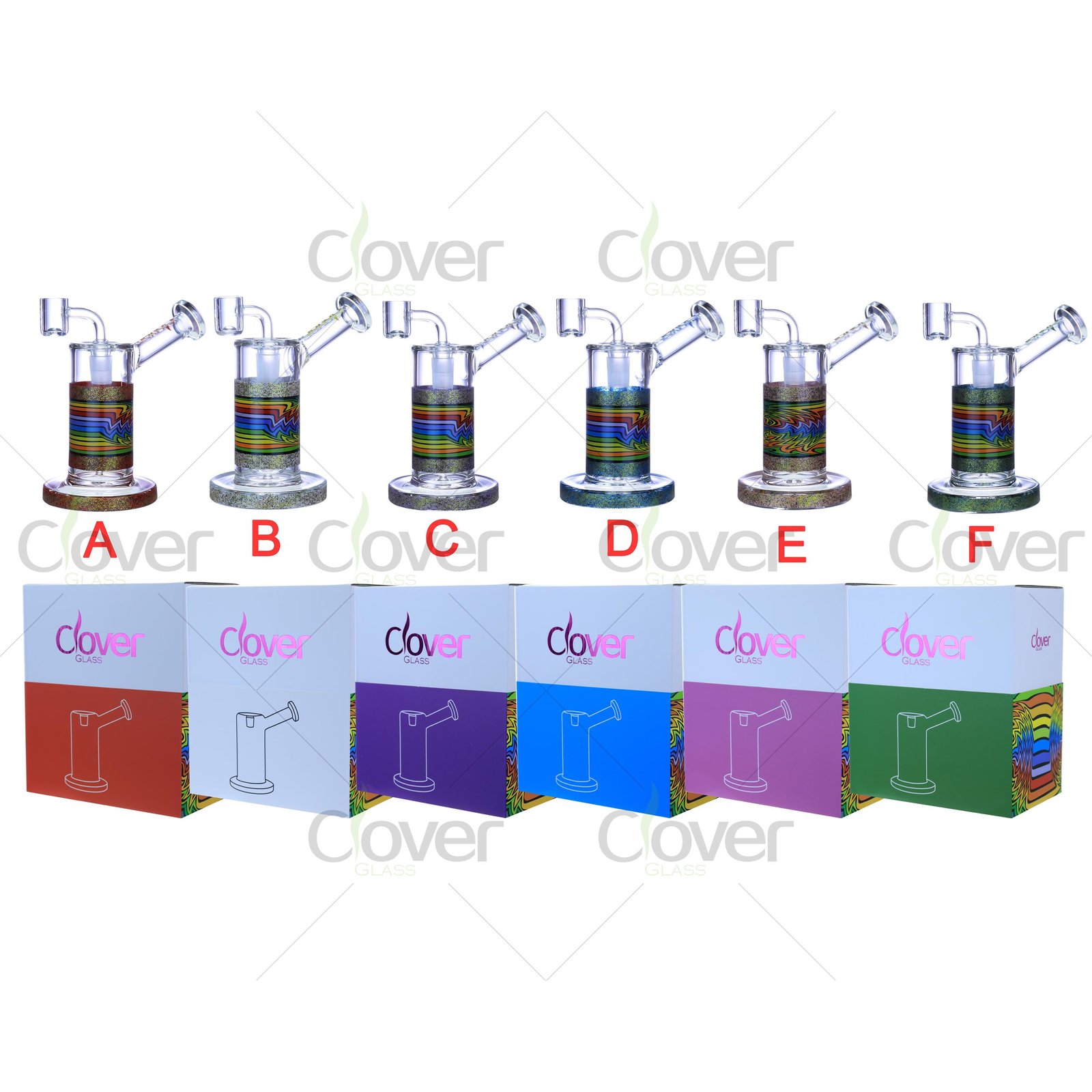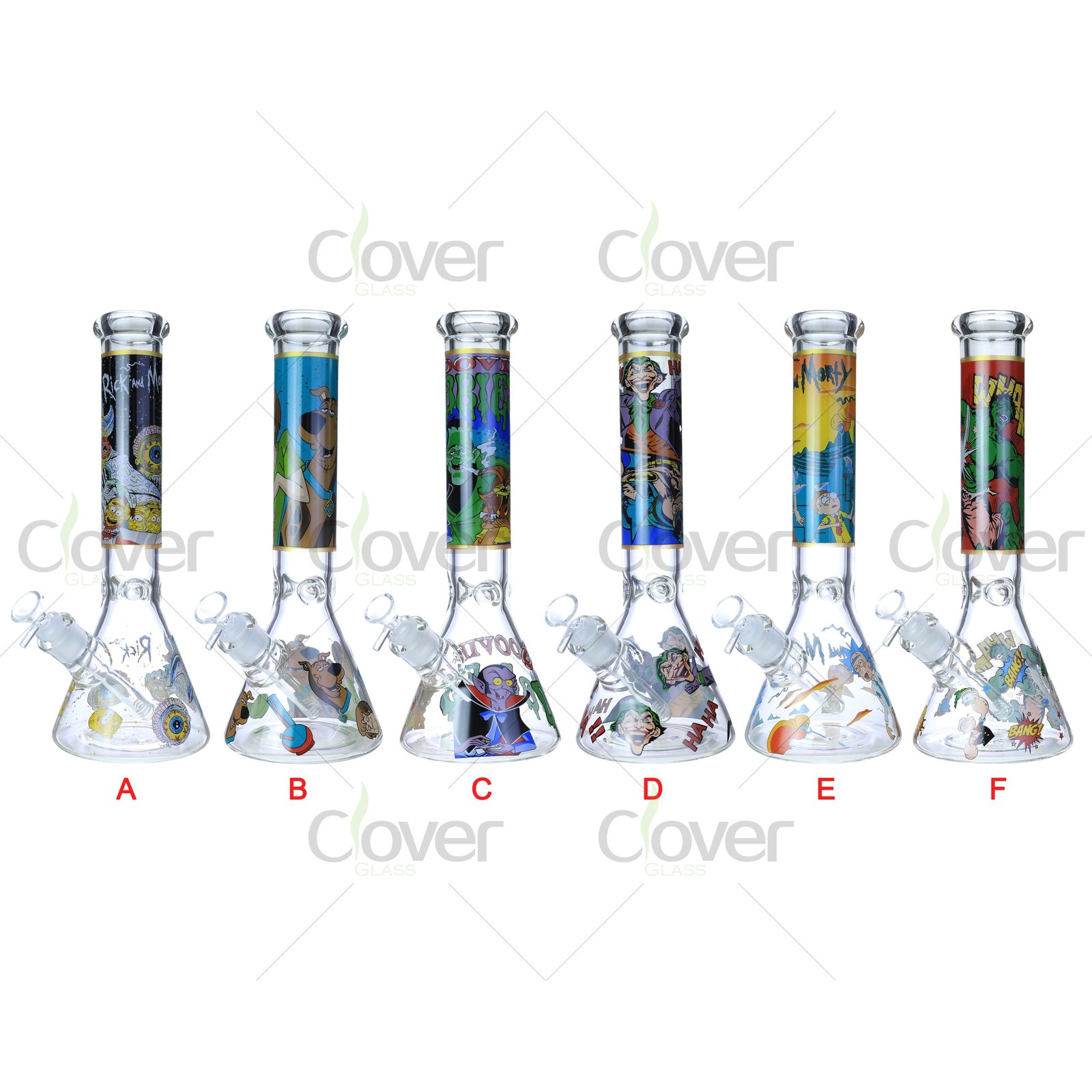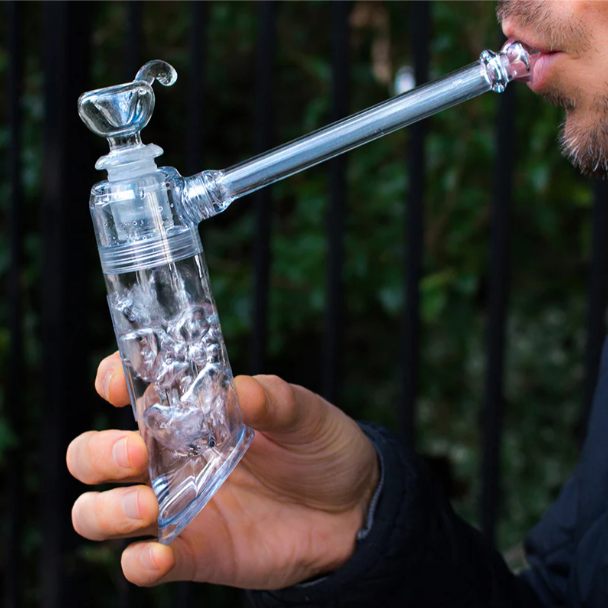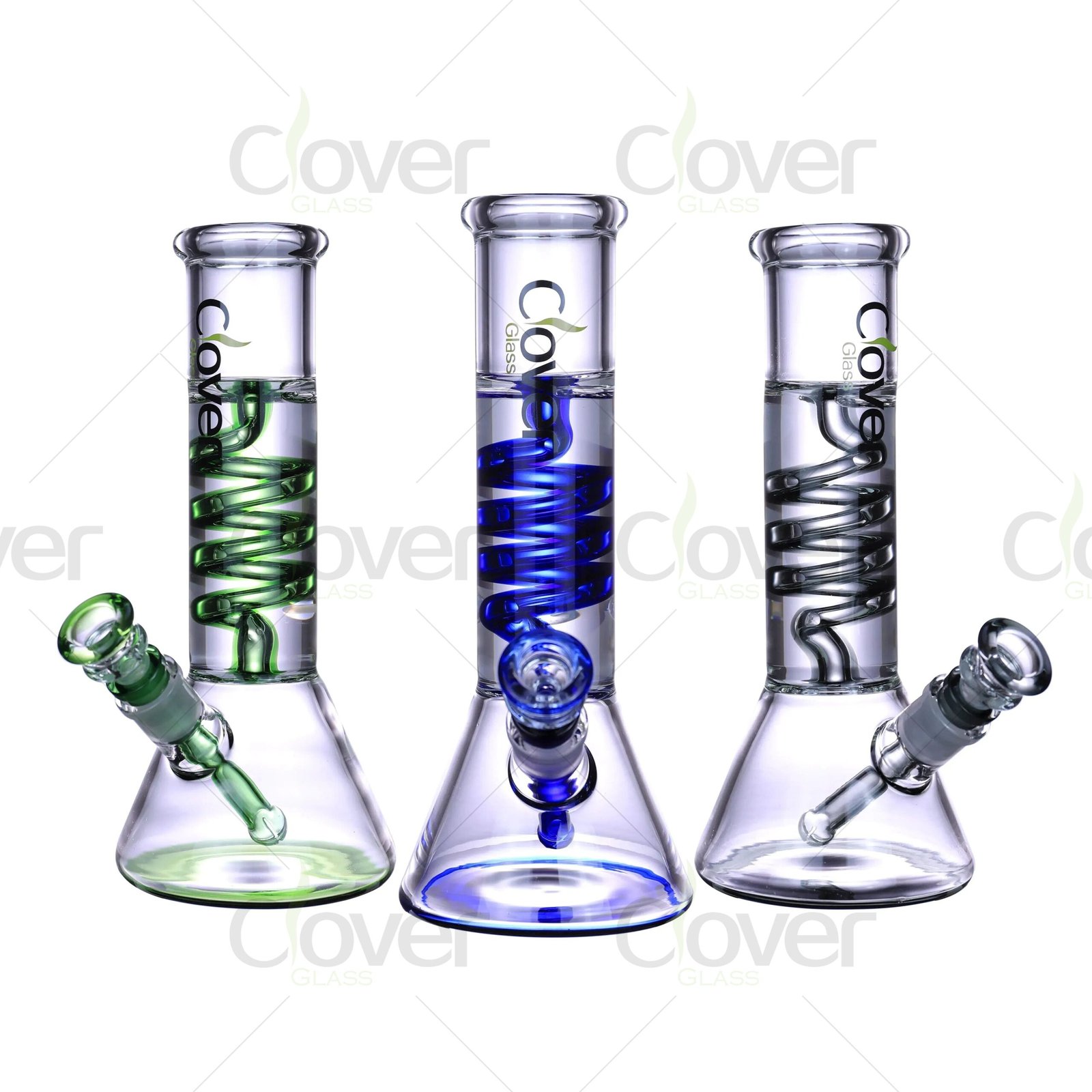I’ve been asked time and again about whether a corn cob pipe is actually worth it. Many beginners, especially those exploring smoking accessories for the first time, want to know if these simple, rustic-looking pipes are all they’re cracked up to be.
A corn cob pipe is made from the hollowed-out husk of a dried corn cob. It offers a light, breathable chamber for tobacco or other smokable herbs. Users appreciate its quick break-in period, easy draw, and budget-friendly price tag—making it a top choice for casual or first-time smokers. While it might not match the elegance of a finely carved briar or glass piece, a corn cob pipe can deliver a surprisingly clean flavor, minimal fuss, and real comfort in day-to-day use.
Let’s walk through the essentials, lay out the pros and cons, and help you decide if a corn cob pipe fits your style.
What Is a Corn Cob Pipe and How Does It Work?
Corn cob pipes might look like a novelty, but they’ve been around for a while. They’re typically crafted from the leftover corncob, which is dried, shaped, and sometimes coated with a plaster-like substance. Then a small shank—often made of wood or plastic—is inserted to carry the smoke from the bowl to the stem. Many fans argue that corn cobs offer a cool, sweet smoke right out of the gate.
Wondering how it all works?
Simply fill the hollowed-out bowl with tobacco or herbs, light it, and draw. The cob’s porous structure absorbs moisture and heat, preventing harsh hits. Because it’s so lightweight, you can hold it effortlessly between your teeth—no jaw ache or heavy sensation.

It might seem odd to smoke from something made out of corn, right? But if you look at the history behind these pipes, you’ll discover they’ve been an integral part of American pipe culture for over a century. Companies such as Missouri Meerschaum made them widely popular, and the tradition persists because corn cob pipes are affordable, easy to use, and have a whimsical charm you don’t always see in modern glass or briar models.
One key advantage is the cob’s natural ability to absorb excess moisture. This can reduce gurgling sounds and deliver a cleaner, less “wet” smoke. Beginners appreciate this aspect because it spares them the frustration of constant relights caused by soggy tobacco or overly dense packing. Another perk is that corn cobs don’t require a long “break-in” period like some briar pipes. In fact, you can fill a corn cob pipe fresh out of the box and enjoy a decent session without that initial awkwardness some wooden pipes have.
Yes, the construction might look simple—just a dried, reinforced corn husk with a basic shank—but that simplicity keeps the pipe lightweight. For folks who like to take leisurely puffs or hold the pipe in their mouth without clutching it, the low weight is a game-changer. Because cobs are inexpensive, people often treat them as an everyday go-to. If one cracks or gets too charred over time, there’s no huge heartbreak or major financial loss involved. In a sense, this unassuming piece of corn can introduce you to the bigger world of pipe smoking without scaring you off.
Why Do Some Smokers Prefer Corn Cob Pipes Over Briar or Glass?
You may be curious: among so many pipe types—like briar, meerschaum, glass—why do some individuals stand by corn cobs as their mainstay? The reasons vary from cost to comfort, but it ultimately comes down to the simplicity of the experience.
Fans often praise corn cobs for their affordability, lightweight feel, and forgiving nature. Unlike fancy glass or briar pipes, cobs don’t demand much fuss or break-in. Some smokers even say corn cobs preserve tobacco flavor better, providing a mellow, pleasant aroma.

Let’s consider the alternatives. Briar wood—a favorite material for premium pipes—can yield a beautiful piece with intricate grain patterns. Yet it often requires a careful break-in process and a bit more attention to maintenance. Glass, on the other hand, offers a modern flair and easy cleaning. (I should know—I’ve worked with Glass Water Pipes in my wholesale business for years, and they excel at smoothness and artistry). However, glass can be fragile, and some folks worry about accidental drops or the higher initial investment.
Corn cobs, by contrast, slip into that sweet spot of cost and convenience. If you’re new to smoking accessories, the last thing you need is to juggle specialized tools or delicate surfaces. A corn cob pipe feels approachable and sturdy in an everyday sense. You can pack it quickly, light up, and not overthink the process. It’s also a low-risk way for beginners to test whether they even enjoy pipe smoking long-term, before spending more on a fancy briar or a blown-glass piece.
From a flavor perspective, many enthusiasts claim corn cobs impart a neutral or slightly sweet note—unlike some wooden pipes that need to develop a carbon cake. If you don’t like the flavor or you’re not into seasoning a pipe, cobs can simplify the entire ritual. Sure, they might not dazzle everyone visually, but for many, function trumps form. And that’s why corn cobs remain a staple for those who prefer a no-fuss approach.
Pros of Using a Corn Cob Pipe: Affordable, Lightweight, and Great for Beginners
If you’re considering giving corn cobs a try, you’re probably curious about the highlights. A lot of people rave about them for several reasons, which I’ll outline below.
First, they’re budget-friendly—some brand-new corn cob pipes cost only a few dollars. They’re also incredibly light, so your jaw won’t ache after a long session. Finally, they’re often considered “beginner-friendly” due to their easy, low-maintenance nature.

Many folks start with a corn cob pipe for its cost-effectiveness alone. If you’re unsure whether you’ll enjoy pipe smoking, it’s a low barrier to entry. In the same way, you wouldn’t drop a hefty sum on specialized equipment without first seeing if you truly like the hobby. For that reason alone, it’s an enticing choice for novices. Plus, if it cracks or you accidentally sit on it (it happens!), you won’t feel as crushed as you would with a pricey briar piece.
The lightweight aspect also matters more than you might think. Some wooden or glass pipes look stunning but can weigh down your hand or mouth. With a corn cob, it’s easy to clench it between your teeth while you tinker with something else or walk around. And the porous cob bowl can deliver a cooler smoke by absorbing some moisture before it hits your mouth. This feature can be a real treat for people who dislike steaminess or throat irritation.
Another hidden advantage is that corn cobs typically require less specialized care. No fancy polishing cloths or oils needed—just a quick cleaning here and there. Their design usually incorporates replaceable parts like plastic stems that you can swap if they wear out. In a sense, corn cob pipes offer an uncomplicated path to enjoy a tobacco or herb session without the fuss. This simplicity draws in a wide range of people, from casual smokers to more seasoned collectors who just want a knockaround pipe they can use without worry. And for anyone exploring the possibility of ordering in bulk for retail or events, the affordable wholesale aspect becomes clear: corn cobs make a great introductory product for shops and can complement a range of other accessories, like glass bongs, dab rigs, or smoking accessories typically found in my own B2B lineup.
What Are the Downsides of Corn Cob Pipes?
Of course, nothing is perfect. Corn cob pipes come with their fair share of drawbacks that might turn off certain smokers.
Common downsides include a shorter lifespan compared to briar or glass, a less sophisticated aesthetic, and potential burning or charring if the cob is low quality. Over time, you might notice the pipe’s bowl growing soft or the stem loosening.

The first issue you might encounter is durability. While a decent cob can last quite a while if treated well, it generally won’t stand up to long-term daily use like a high-end briar can. Because the main bowl is essentially dried corn husk, repeated heat cycles may degrade it more quickly than a hardwood or glass pipe would. If you’re a person who smokes heavily every day, you might need to replace a corn cob more frequently.
Aesthetics also come into play. Some folks adore the rustic vibe, but others prefer the polished look of a briar pipe or the sleek, modern style of glass. If you’re aiming to show off your best piece at a gathering, a corn cob may lack that wow factor. True, it’s functional, but it may not be the conversation starter you’d get from a custom piece with unique designs.
Another problem is the possibility of scorching the bowl if the corn cob is especially thin or if you like to puff vigorously. This can create hot spots or cause the side of the bowl to chip away. Some manufacturers address this by applying a light plaster or resin coat, but that can flake over time, leading to an uneven surface. It’s a manageable issue if you pace your draws and keep an eye on the pipe’s condition, but it’s worth noting if you prefer marathon sessions or hot, rapid smoking.
Finally, the stems or mouthpieces on budget corn cobs can be flimsy. Replacement might be easy enough, but it’s one more thing to be mindful of. If you want something truly robust, you might lean toward wooden, metal, or glass designs that won’t degrade as quickly. For casual or occasional smoking, though, many find these drawbacks tolerable.
How Long Do Corn Cob Pipes Last with Regular Use?
You might have heard people say they’ve used the same corn cob pipe for a decade, while others claim theirs gave out in just a few months. Where does the truth lie? It largely depends on how often you smoke and how well you treat the pipe.
On average, a corn cob pipe can last anywhere from several months to a couple of years with moderate use. Gentle cleaning, proper drying, and careful handling can extend its life further. Heavy daily smokers might see wear and tear sooner, but part-time or occasional users often get plenty of mileage.

There’s no universal expiration date on a corn cob pipe. Much depends on your smoking style. If you like to puff away until the bowl is blazing hot, or if you rarely let the pipe cool before packing another bowl, you might stress the cob more quickly. Heat cycles—where the cob expands and contracts—are what degrade the material over time.
Proper care, though, can slow this aging process. For instance, many pipers recommend letting your pipe rest after each smoke. It’s not unusual to rotate pipes—corn cob or otherwise—so each one gets a break. This can help moisture evaporate fully and prevent any mold or unpleasant odors from setting in. A quick wipe with a pipe cleaner does wonders, too.
Storage conditions also matter. Keep your corn cob pipe somewhere dry and safe from accidental bumps. Remember, cobs can be a bit fragile if stepped on or knocked over repeatedly. If you see small cracks starting to form along the bowl’s rim, you can seal them with non-toxic pipe mud or a tiny dab of resin, though eventually, you might just decide it’s time for a fresh pipe.
In my own wholesale environment, I often see customers treat corn cobs as short-term, low-cost items. They’re happy to buy a new batch whenever the old ones wear out. But some dedicated fans manage to keep a single well-loved cob going for years by taking it easy, letting it breathe, and not overheating the bowl. So if you’re mindful and gentle, you might be surprised how long that little piece of corn can last you.
Is a Corn Cob Pipe the Right Choice for You? Final Thoughts
After weighing all the pros and cons, you might still be wondering if a corn cob pipe fits your smoking style. That’s totally normal. There’s no one-size-fits-all solution in this hobby.
If you want a budget-friendly, lightweight, and easy-to-use pipe, then yes—a corn cob is often a solid choice. But if you crave a showpiece with long-term durability, you may want to invest in briar, glass, or another premium material.
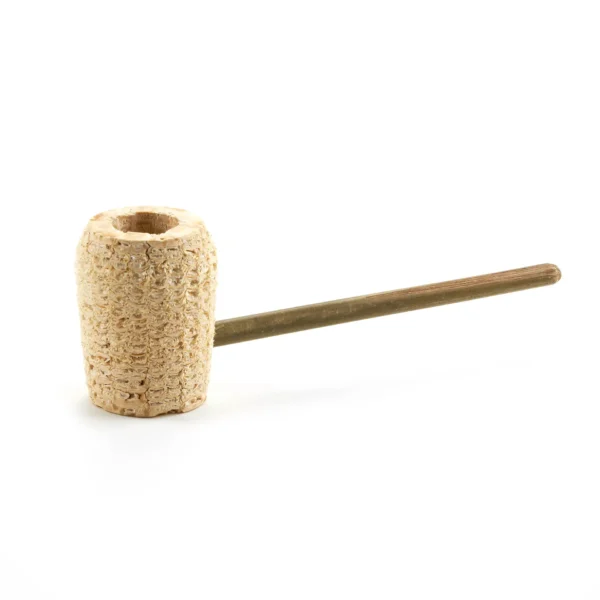
Think about your priorities. Is your budget tight or flexible? Are you testing the waters before committing to pricier smoking accessories? A corn cob pipe can be a smart gateway into pipe smoking, letting you explore different tobaccos or blends without the pressure of a big investment. The gentle learning curve means less stress if you accidentally scorch the bowl or handle it roughly. Plus, you’ll experience how waterless pipe smoking compares to, say, a bong, dab rig, or oil rig.
On the other hand, if you value longevity and style—perhaps you collect pipes or like to display them—a corn cob might not satisfy you in the long run. You could find the design too basic and the bowl material too prone to wear. In that scenario, exploring a sturdy wooden pipe or a durable glass piece might make more sense. If you’re into unique shapes and intricate glassblowing, there’s a wide world of custom glass recyclers and artisan pipes that cater to that taste.
Ultimately, there’s no harm in trying both. A corn cob pipe can serve as your everyday knockabout, while a glass or briar piece can be your special-occasion star. It all depends on how deeply you want to dive into pipe culture. If you end up falling in love with the simplicity of a corn cob, keep it in your rotation. If not, you’ll have a relaxed introduction under your belt, and you’ll be better informed when you move on to other materials. That’s the beauty of having options, especially if you run or purchase for a smoke shop and want to stock a range of styles. With the basics covered, you’re ready to make a call that suits your personal preference—or your customers’ desires if you operate in the wholesale world like I do.
Conclusion
Corn cob pipes can be an easygoing, wallet-friendly way to enjoy smoking without getting tangled in the complexities of briar or glass. Ultimately, their low cost and simple design make them perfect for first-timers, but they might lack the sophistication and longevity some enthusiasts crave. The choice is yours—find the pipe that sparks your own enjoyment.


